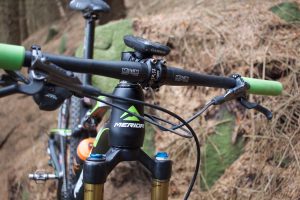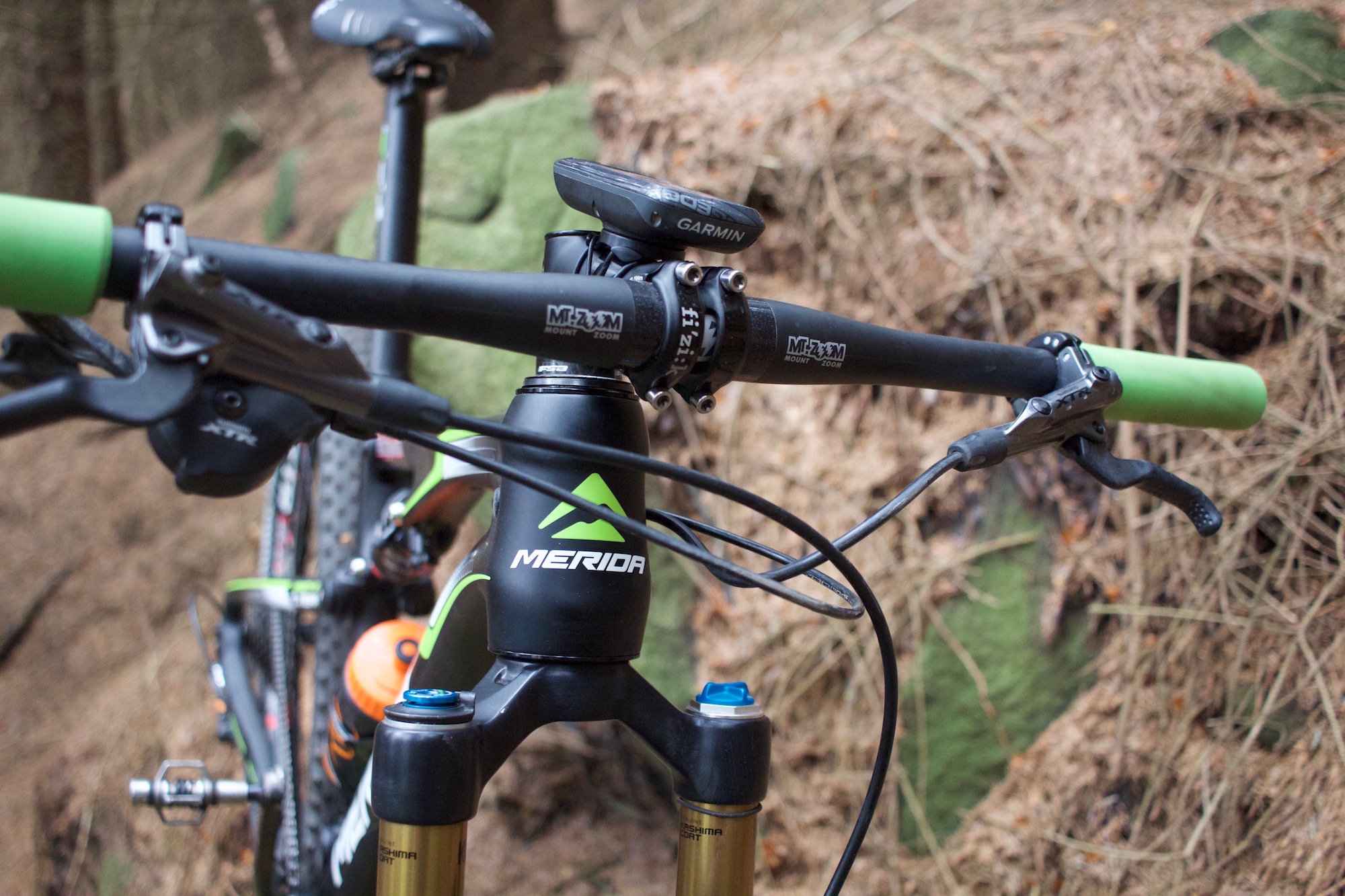 In this episode of the Mountain Bikes Apart podcast, we move on to the second episode in our series of podcasts for new and beginner mountain bikers. In this edition, we talk about different ways to set up your bike’s cockpit for maximum flow and confidence on the trail. As ever, even though this episode is pitched more at the beginner, more established MTBers can pick up a few new ideas and ways to dial in their setup that little bit better.
In this episode of the Mountain Bikes Apart podcast, we move on to the second episode in our series of podcasts for new and beginner mountain bikers. In this edition, we talk about different ways to set up your bike’s cockpit for maximum flow and confidence on the trail. As ever, even though this episode is pitched more at the beginner, more established MTBers can pick up a few new ideas and ways to dial in their setup that little bit better.
Podcast: Play in new window | Download
Subscribe: RSS
Setting up your stem
Starting at the centre of the cockpit, Colin and I take a look at stem setup. A deceptively complex component on the bike, the length of the stem, its shape and its rise can play a big role in how your bike handles.
As a general rule, you’ll want a slightly longer and flatter stem for XC racing. This is to put your body in an aggressive and efficient position on the climbs, where you’ll spend most of your time.
As you progress towards trail riding, enduro and then downhill, stems tend to get shorter and have more of a rise. This quickens up the handling, and is far better for control when descending. Be sure to experiment and set your stem up to suit the type of riding you do.
The right handlebar
When setting up your handlebar, there are quite a few things to consider. We start by discussing the first of these, which is the width of the bar. Again, racers will tend to favour slightly narrower bars as compared to more gravity-orientated riders, but the lines are definitely being blurred here. Wider handlebars give more control and open up the chest for better breathing, but obviously come with a weight penalty the wider they go.
Next to consider is the type of bar, and this will typically come down to a choice between riser and flat. XC racers use both, with a slight majority going for a flat bar. For most other types of riding, a riser bar will often be used. This is again to improve the positioning of the body when going downhill or negotiating technical trail features.
Finally, one of the most important considerations is the material the bar is made from. Carbon fiber is becoming the most common, as advances in technology have allowed it to be a very strong and light choice of material, even for the more aggressive types of mountain biking.
Aluminium is also very common though, giving a good compromise between security and low weight.
Getting to grips
The grips are a very important part of the cockpit setup, and form one of your contact points on the bike. Colin and I talk about the different types out there and how important it is that you get the right ones for you.
I’m a long-time user of ESI Grips, who support my racing programme. This is because they offer the best of all worlds when it comes to grips. They’re a silicon-based product, meaning they’re hard-wearing, incredibly light, and absolutely do not move around on the bars, even when soaking wet. You’ll see almost every World Cup XC team using these grips, and you can find out more at ESIGrips.com.
Those who still feel they need a little more security can opt for lock-on grips though, and these are available from a number of manufacturers. They usually use small bolts to allow the rider to tighten the grips onto the bar. This obviously has a weight penalty, but the gravity-orientated rider won’t much care about that!
Brake and shifter position
Finally, we offer some tips of dialling in the position of your brake levers and shifters. There are a surprising number of tweaks you can make here too!
The main thing to get right is the position of the levers and shifters in relation to your where your hand naturally sits on the grips. You’ll want to angle the levers to the same tilt as your fingers when they’re outstretched holding the bar, and make sure you don’t have to stretch to reach the end of the lever. It’s surprising how many riders don’t spend a bit of time making sure they’ve got their setup right here!
The same then applies to the shifters, which need to be right where your thumb and index finger can push the paddles most efficiently. It doesn’t take much tinkering to find the best position!
How about you?
We want to hear about how you set up your cockpit! Let us know in the comments section, or send us a tweet directly, where Colin is at @colinmcgray and I can be found at @bytombell. You can also drop an email to [email protected] or to [email protected].
We’d love it if you could leave us a review on iTunes and we’ll see you on the next show!



Recent Comments